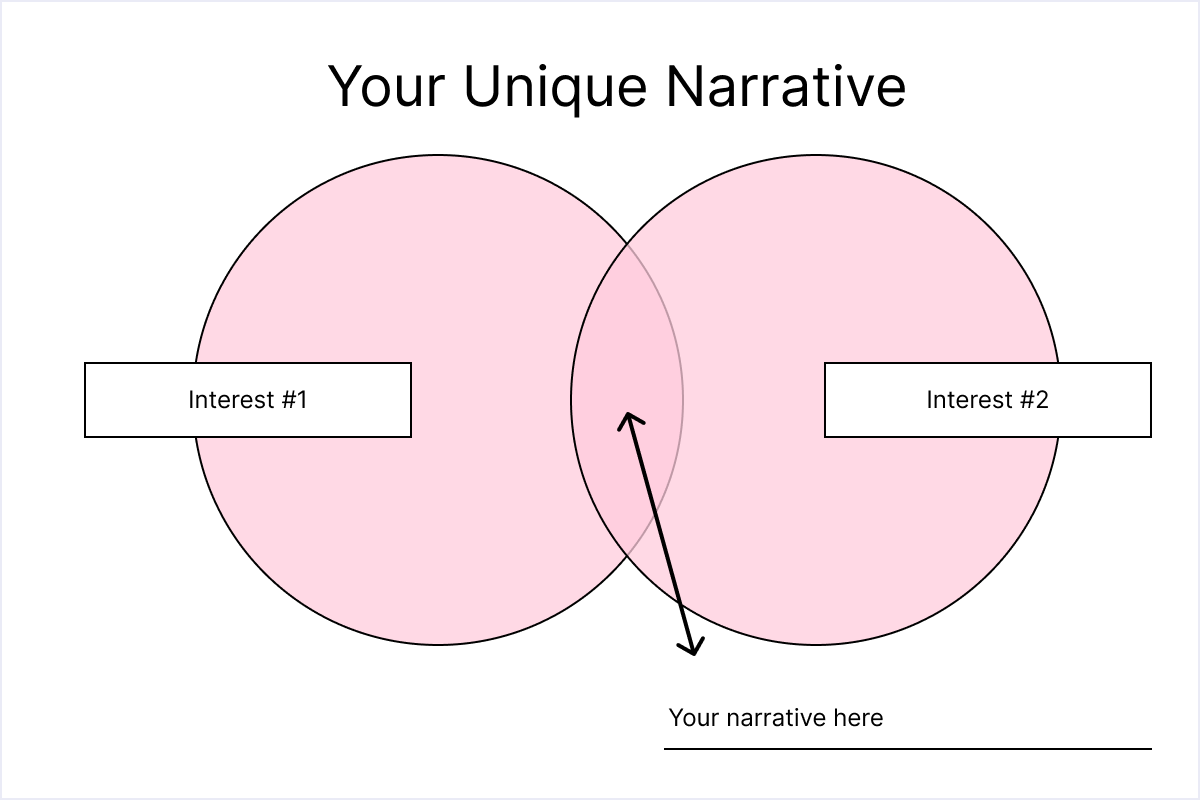Hellooo 👋 So happy to have you here. I’m Kevan. I have spent 15+ years as a head of marketing for some cool tech startups. Now I’ve co-founded a brand storytelling business called Bonfire. We do coaching, advisory, and content. If you identify with creativity and marketing, we’d love for you to join us.
The Complete Guide to Personal Branding in Five Easy(?) Steps

Personal branding sounds easy.
Just be yourself!
Right?
Well, that’s certainly a phenomenal place to start.
It’s when you build on top of this foundation of sincerity that things get a bit more complicated. How do you decide which places to be? How do you know what content to create? How do you stay motivated? How do you cut through the noise?
As personal branding seems to be all over our feeds, I thought I’d put together a simple guide for anyone interested in being more proactive and deliberate about their brand moving forward. In today’s digital world, we are all brands, whether we mean to be or not. Personal branding, then, is the process of managing and optimizing the way that you present yourself to others.
Here is a streamlined view into how to build your personal brand, broken into five easy-ish steps. I’ve added some additional resources at the bottom for paid subscribers, too.
The Personal Branding Five-Step Process
Step One: Decide your why
All great brands have a clear “why.” For software companies and consumer businesses, the “why” is often about “why does our business need to exist.” For personal brands, it’s different. You’re not questioning your existence (hopefully!). You’re asking why does my personal brand matter to me.
You might be in it to meet new, like-minded people. You might be in it to build yourself as a thought leader. You might be in it to grow in a career or to make money. You might do it to give back.
(You might even be in it to plant some seeds for starting a business of your own someday.)
Here are some questions to think about as you’re looking for your why:
How do I want my life to feel one year from now? Two years? Five years?
What brings me the most satisfaction with my work?
What do I wish I could do more of?
Step Two: Combine 2+ interests in order to craft your unique narrative
In our work at Bonfire — where we help brands and leaders tell better stories — we are all about a compelling narrative. And narratives hold the same power whether you’re crafting them for a company or coming up with them for your personal brand.
With your person brand, there is nothing more powerful than a rare and uniquely-you narrative. Typically, this requires two criteria:
It’s specific
It’s something you are already reading, curating, and interested in
For instance, when I first started my personal newsletter several years ago, I was in the fortunate position to be gaining lots of knowledge in digital marketing. This meant social media, content, video, webinars, you name it. Now, If I were to run a newsletter about digital marketing, that'd be one massive newsletter! I had to go deeper.
At the time, I was doing a lot of hiring and team-building for my marketing team. This was definitely a more specific niche than digital marketing leadership writ large. But still, there was just so much to cover with hiring a marketing team. So I went deeper again.
Ultimately, I landed on talking about my experience with marketing and team-building in a remote environment. Super specific, super niche! This helped me focus the lens for the personal brand I was building — it helped me get my job at Oyster and many, many other opportunities, too. The more specific, the better.
And, since this was a topic I was learning about every day, it was easy for me to have new things to say pretty much all the time. This made building my content calendar super easy because the topics and research were already things I was reading, curating, scrolling, and saving.
Once you find a couple things that are specific and that you’re currently into, check to see how broad they are. The secret weapon of differentiated personal brands are those that combine two topics to make something rare. The same is true in hiring. Dual-threats are often more compelling. Can you make a dual-threat personal brand?
Like:
Team-building and remote teams
Copywriting and customer journeys
Advertising and How I Built This
Art and growth marketing
Branding and climate
Psychology and analytics
Curious what your specific interests might be? Go through this checklist:
What do you save on TikTok or Reels?
What do you highlight in your Pocket?
What newsletters do you subscribe to?
What people do you follow?
What do you gravitate toward when you’ve got five free minutes online before your next Zoom meeting?
Step Three: Find the best channel. Only one! (Ok, maybe two.)
Here’s your starter menu:
Email newsletter
LinkedIn
Twitter / X
TikTok
Instagram
Threads
Facebook
YouTube
Twitch
Podcast
Website / blog
You’ll want to use a similar rubric for picking a channel as you did for picking a niche. Which channel are you already familiar with and enjoy spending time on? Let this be your starting point.
Step Four: Engage with your fellow humans
We live in an age of conversations, not megaphones.
We no longer live in an age of spray-and-pray content, so you cannot stop after publishing your tweets and zeets and posts and podcasts. You need to spend time engaging with people, too.
Engagement comes in two ways:
Reactive: Respond to people’s replies on your content
Proactive: Go out there and comment on other people’s stuff
There are many great tools with built-in ways to make engagement easier. For social media, Buffer has an engagement inbox for your social channels; for email, platforms like Substack and Ghost let people leave comments directly on what you send.
Step Five: Consistency, consistency, consistency
Show up with a consistent voice. Be you, not who you think the audience wants you to be. This makes the content more authentic, more relatable, and — frankly — easier for you to create. No ghostwriting necessary.
Consistency also applies to the cadence, which will be different from channel to channel. Here’s a loose guideline for how often to post, where:
Email newsletter — Weekly
LinkedIn — 3-4x per week
Twitter / X — Daily
TikTok — 3-4x per week
Instagram — Daily Stories, weekly feed
Threads — 3-4x per week
Facebook — 3-4x per week
YouTube — Weekly
Twitch — 1-2x per week
Podcast — Weekly or biweekly
Website / blog — Weekly or biweekly
P.S. Once you start posting, let me know. I’d love to follow!
For paid subscribers, I’ve added some additional details, resources, and links if you want to dive deeper into the world of personal branding. Not yet a paid subscriber? You can sign up here and get access to this content plus my personal Notion library of resources.





